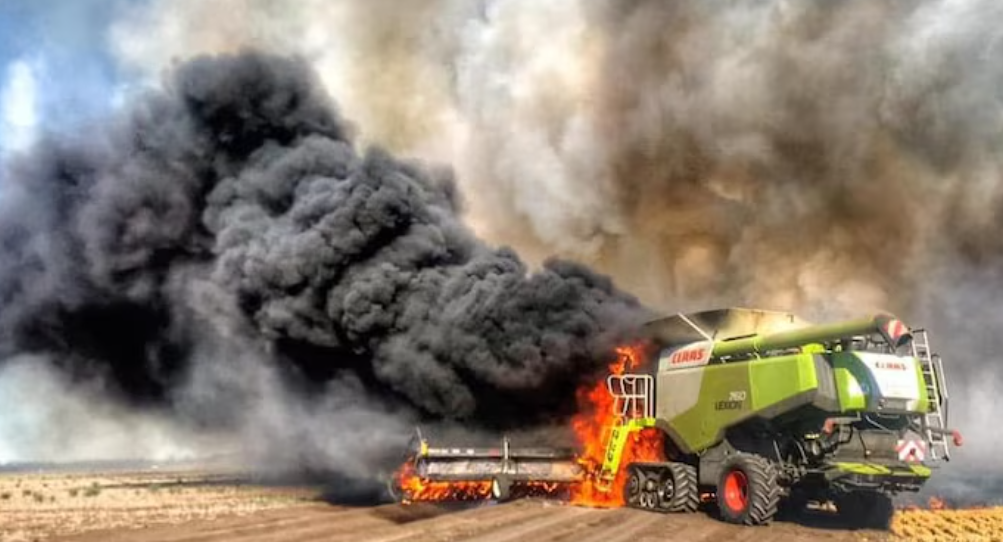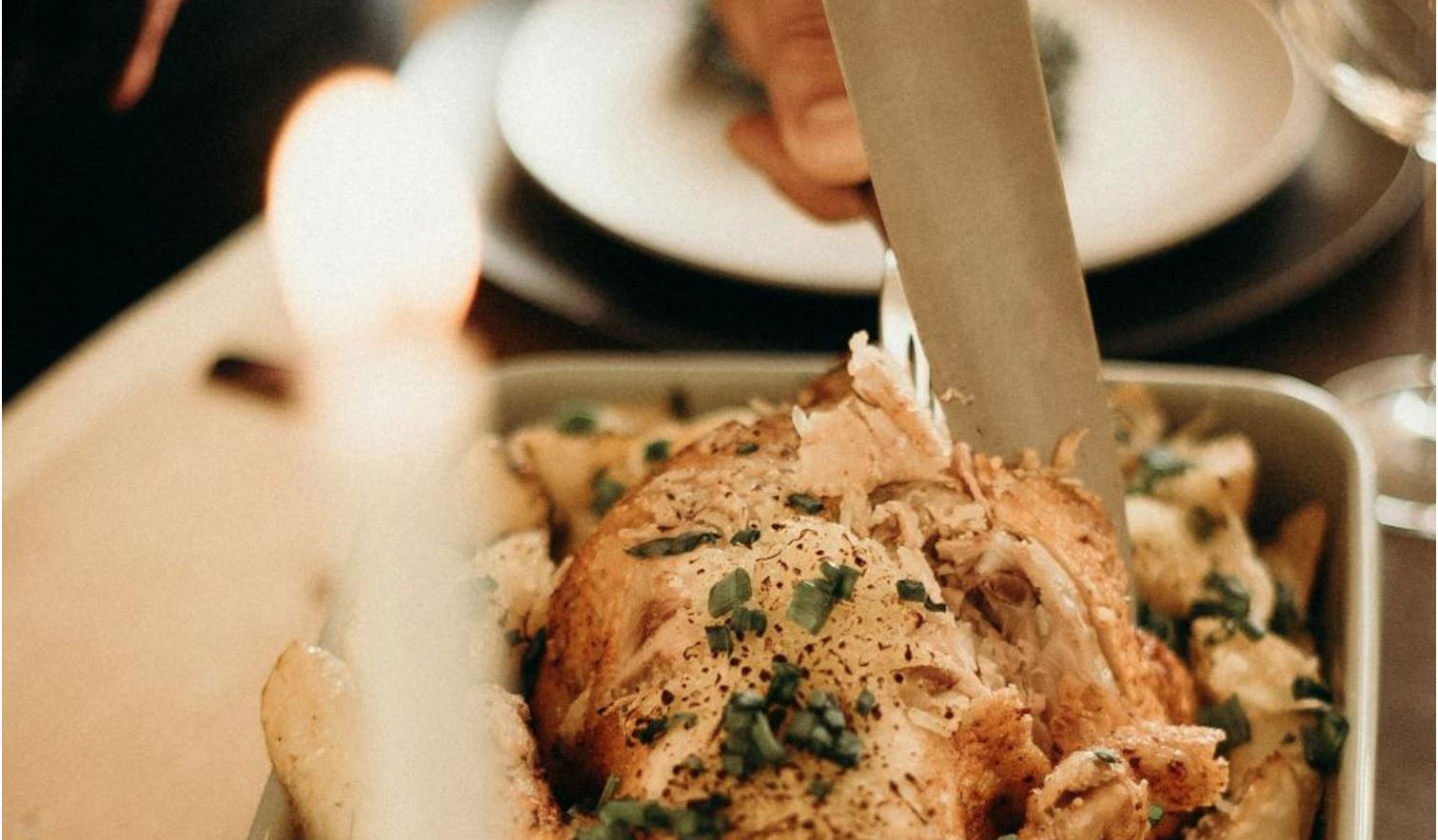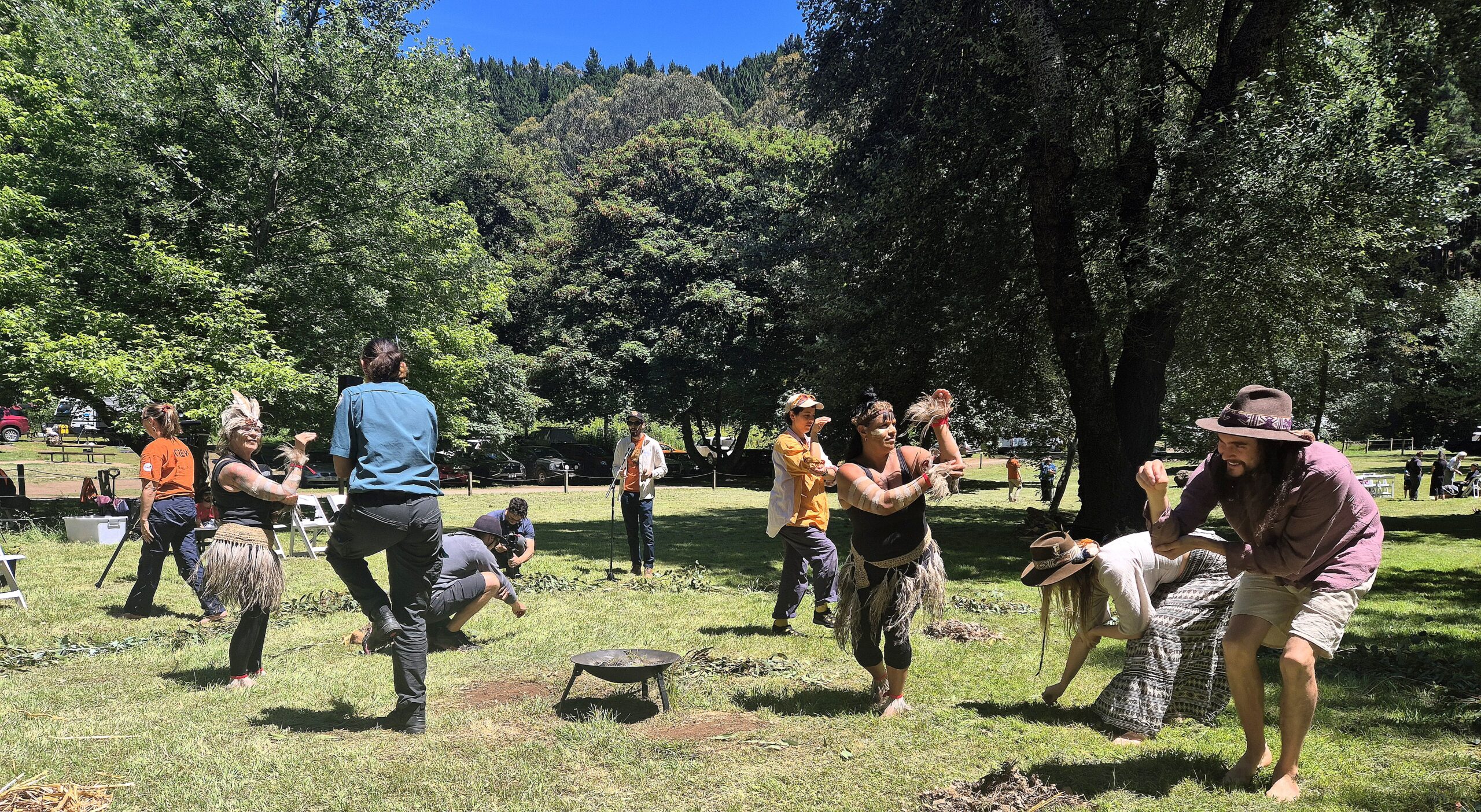August 13th, 2024CFA warning for farmers ahead of harvest season

Following 45 header fires last harvest season in the far north-west of the state, fire authorities are reminding grain growers to make machinery maintenance a priority ahead of the state’s new harvest season.
While fires in cropping paddocks during harvest have long been part of Mallee farming, occurring at a frequency higher than elsewhere in Victoria, on average CFA attends more than 200 header and harvest-related incidents across the state each year.
A report by CFA’s District 18 found some of the fires were spanning up to 535 hectares, and a total of 737 volunteers, 169 CFA vehicles and 16 aircraft were needed to fight these fires.
CFA Assistant Chief Fire Officer District 18 Gavin Wright said interviews were conducted with incident controllers and grain growers to explore factors that lead to ignitions, in conjunction with local factors such as extreme heat, wind and dust that are common in the area.
“Each year we see a similar pattern of ignition, with header hygiene a main cause, where chaff, dust and residue build up around the exhaust system and cause concern,” Gavin said.
“Bearing collapse or seizing of bearings also plays a large role, and annual replacement is strongly suggested, as is the use of an infrared thermometer to detect failure early.
“Often a piece of wire or a stone may get stuck in the back rotary beater or in the seed destructor too, and header pulleys can be over-tightened and overheat.
“We suggest a qualified header mechanic should conduct all repairs and that farmers use a high-capacity air compressor to blow down the header regularly.”
Gavin said fires may still occur under the most stringent precautions and maintenance regime, however it is vital that ignitions do not occur during periods of elevated fire danger.
“Eight ignitions took place during three Total Fire Ban days over the 2023-24 season, which opens the door to greater risk of damage due to conditions that fuel rapid fire growth, speed and intensity,” Gavin said.
“As a farming community, we understand the decision to cease harvesting activities is not a simple one, with grain growers relying on the brief window of time they have alongside weather and financial pressures.
“However, be aware of any known risks or idiosyncrasies in your machinery that may increase the risk of fire and ensure you are carrying a method of water extinguishment at all times.”
Victoria produces 31 per cent of Australia’s grain, estimated to be worth $4.4 billion and cereal growers in District 18 contribute a significant portion to that, with harvest season seeing fuel loads of six to 10 tonnes per hectare of cereal, legume and lentil crop.
“From 13 November through to 18 December, we found that the increase in tonnage produced corresponded with an increase in calls to Triple Zero for harvest fires,” Gavin said.
CFA will look to develop a long-term community engagement strategy to provide ongoing support for cereal farmers across the Mallee and hopes the report will help drive conversations with community members about their own prevention and mitigation activities.
Farmers are encouraged to familiarise themselves with the harvest pre-season checklist at cfa.vic.gov.au/harvest.
Image: Supplied. Words: CFA










